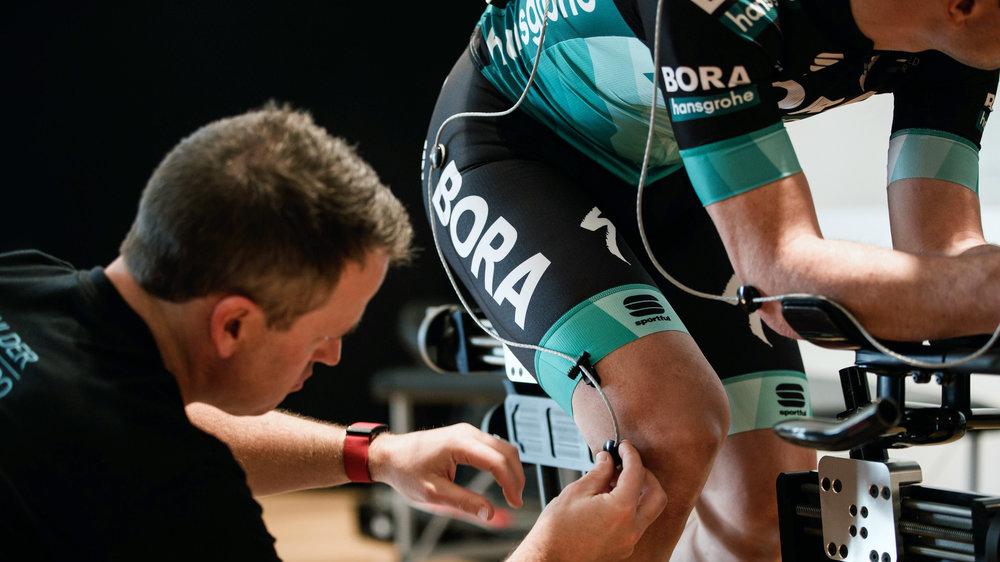Cycling is perhaps the most universal sport, accessible even to those with no physical preparation. However, correct riding, which begins with proper posture, is crucial for the health of both professional and beginner cyclists.
Where Does Proper Cycling Start?
Proper cycling is healthy and enjoyable, and it leaves you without pain or excessive fatigue. The key aspect to feeling good after a ride is preparing and adjusting the bike to your body.
Proper Bike Frame
The type and frame of the bike you choose depend on your preferences and physical preparation. For example, a city bike frame is lower and designed for easy mounting and dismounting. Hybrid and mountain bike frames have a slightly higher top tube, while road and gravel bikes have the highest.
The design of the frame also affects your seating position on the bike. On a city bike, you can sit upright (80°–90°). This position is comfortable but not conducive to fast riding. The seating position on hybrid bikes is somewhat sportier, usually leaning towards the ground at a 60° angle. On road or gravel bikes, you will lean 45° or more. The lower you need to lean while pedaling, the more flexibility cycling will require.
When choosing the type of bike frame, do not rely on guesswork for size. Each manufacturer provides a size chart indicating the frame suitable for the cyclist's height. Note that sizes can vary between manufacturers and different bike types from the same manufacturer. Therefore, always choose according to the specific model's size chart.
If you don't know your bike size, you can still check if it is too large. If your bike has a high top tube, straddle the bike and make sure there are at least a few centimeters of clearance between the top tube and your crotch. If you have a low top tube bike, you can assess the size by riding – you should not be hunched over, and your knees should not be overly bent.
Saddle Adjustment
Saddle height is probably the most important parameter for your knees' well-being while pedaling. If you pedal with regular (non-clip) shoes, you can determine the necessary saddle height by placing your heels on the pedals and pedaling backward. Your leg should almost fully extend at the lowest pedal point when pedaling this way. However, when you start pedaling normally (with the balls of your feet), your leg should not fully extend at the lowest pedal point, as this can harm your joints. Correct saddle height is indicated by your hips – they should not drop or tense too much while pedaling.
If your wardrobe includes padded cycling shorts, adjust the saddle while wearing them and the shoes you will use for cycling.
Handlebar Height
There is no single rule for the height of your handlebars – it depends on the frame type, your height, and the desired seating position. Typically, city bike handlebars are mounted slightly higher than the saddle, while sports and racing bikes have lower handlebars. It is important to reach the handlebars comfortably, ideally with slightly bent arms. This will help avoid discomfort in your back, neck, and arm numbness.
Pedal Position
Your foot's correct position on the pedal is when the main contact points are the balls of your feet. While pedaling, you should feel that you are pedaling with your whole foot, not straining any specific part of it. If you want to pedal with your toes, the saddle is set too high, and if your foot slips off the pedal, the saddle is likely set too low.
Other Important Aspects
There are also a few habits to remember for comfortable and safe cycling. First – the helmet. No matter how far (or close) you plan to ride, a helmet should always adorn your head. We advise trying on a helmet before buying it, as a properly sized helmet will not fall on your forehead or press on your head, allowing you to maintain a comfortable and correct seating position on the bike.
An important habit we recommend developing is holding the handlebars without squeezing them. This not only makes steering more comfortable but also reduces tension in your wrists, shoulders, and neck. Your hands should easily absorb the body's movements on the bike, stabilizing your body correctly at the waist and not straining your back.
Finally, to get the most benefit from cycling, don't forget to take care of your health. For example, if you go for a ride on a hot summer day, don't forget a bike water bottle with water or an electrolyte drink, and don't wait until you are thirsty – try to sip fluids every 15 minutes. After a ride, we recommend doing stretching exercises to help your body recover faster.
Bike Fit
Following the above tips, you will have a solid foundation for proper cycling. However, if you are ready to train and cover many kilometers regularly, we invite you to take care of your seating position professionally. Visit VELONOVA at J. Baltrušaičio g. 1, Vilnius, where we will perform a "RETÜL bike fit" for you. In just a few hours, you will get to know your bike and body better, receive tips for more efficient riding, and most importantly, rediscover what it means to ride a bike comfortably.

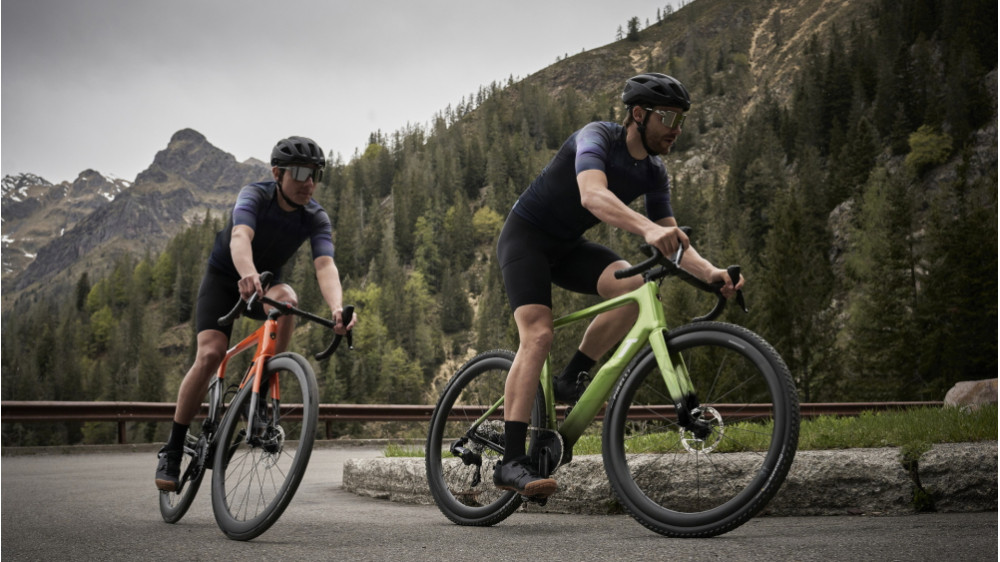

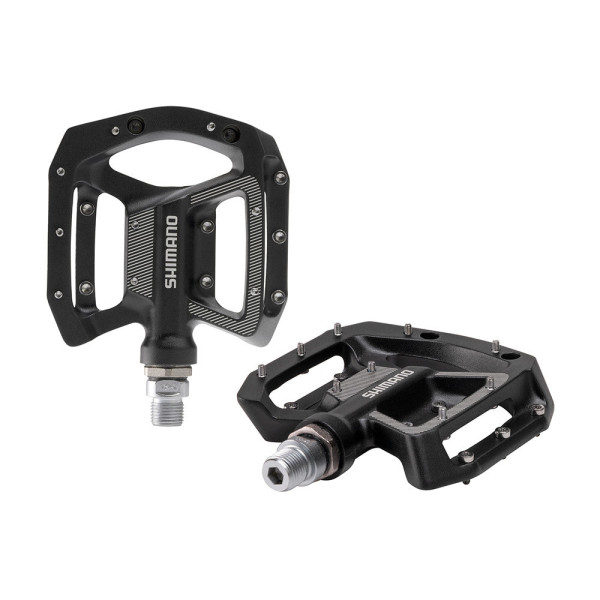
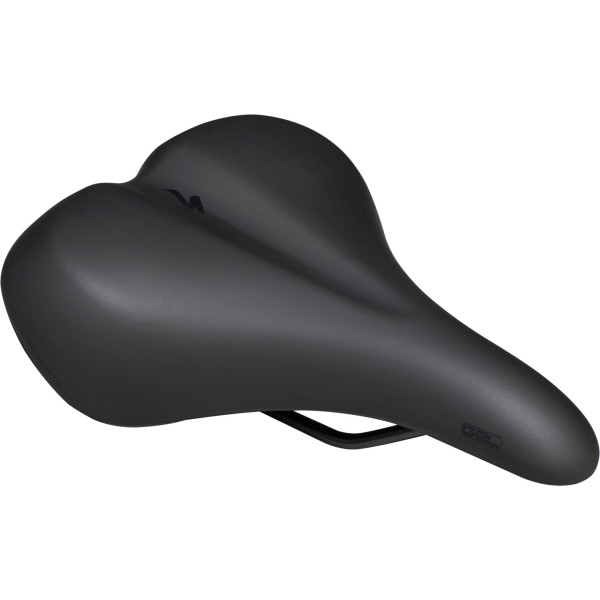
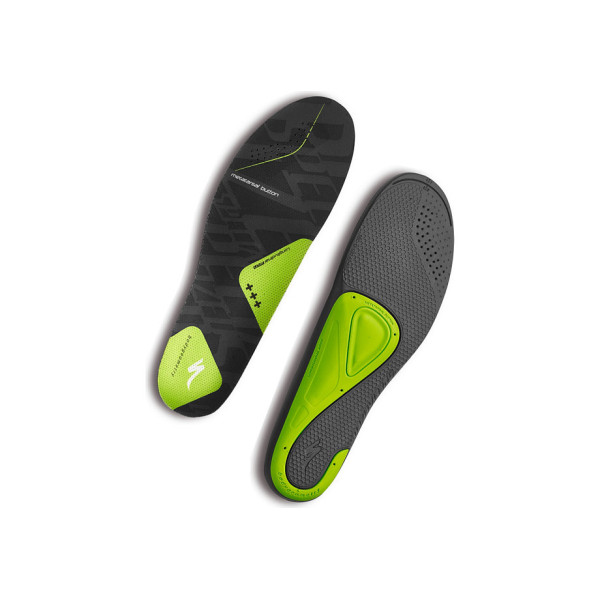
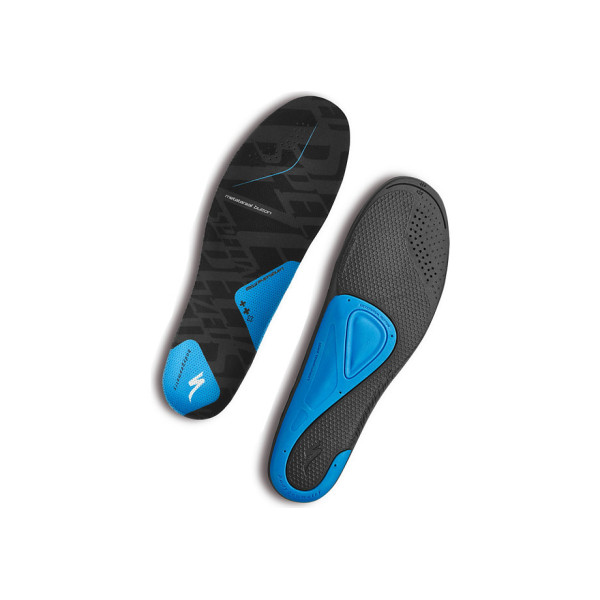
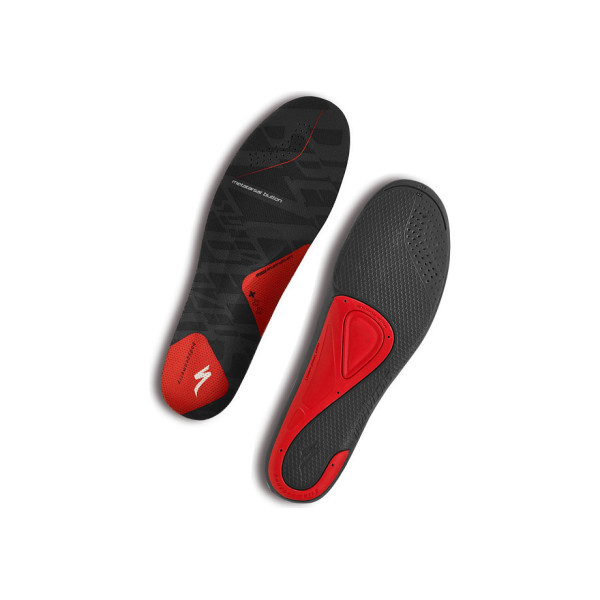
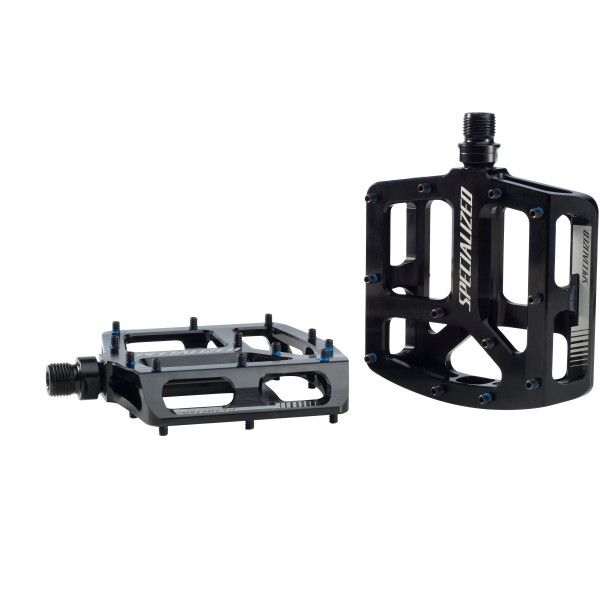
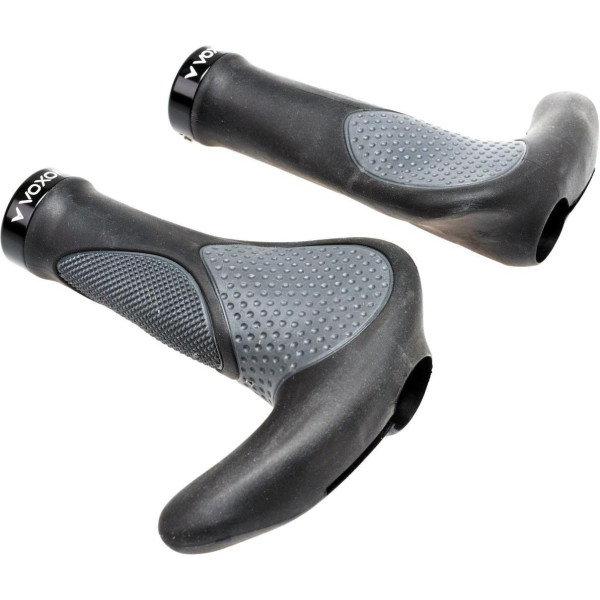
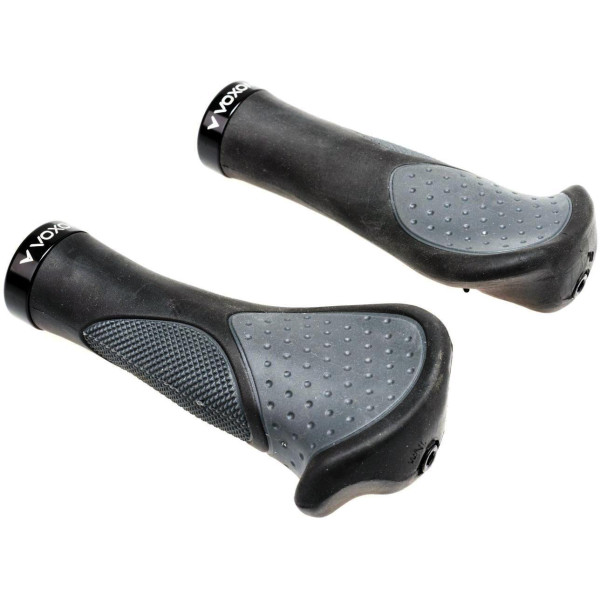
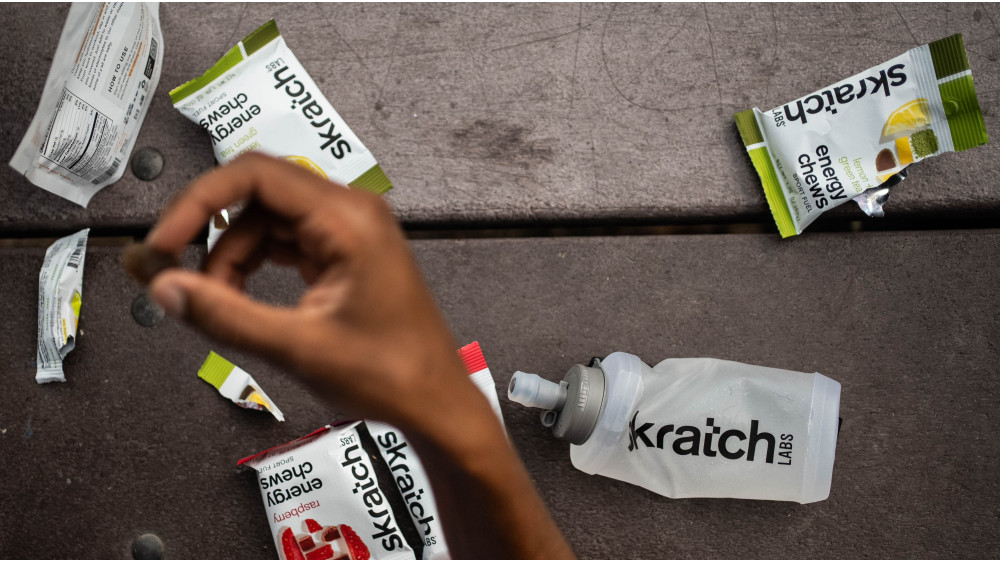
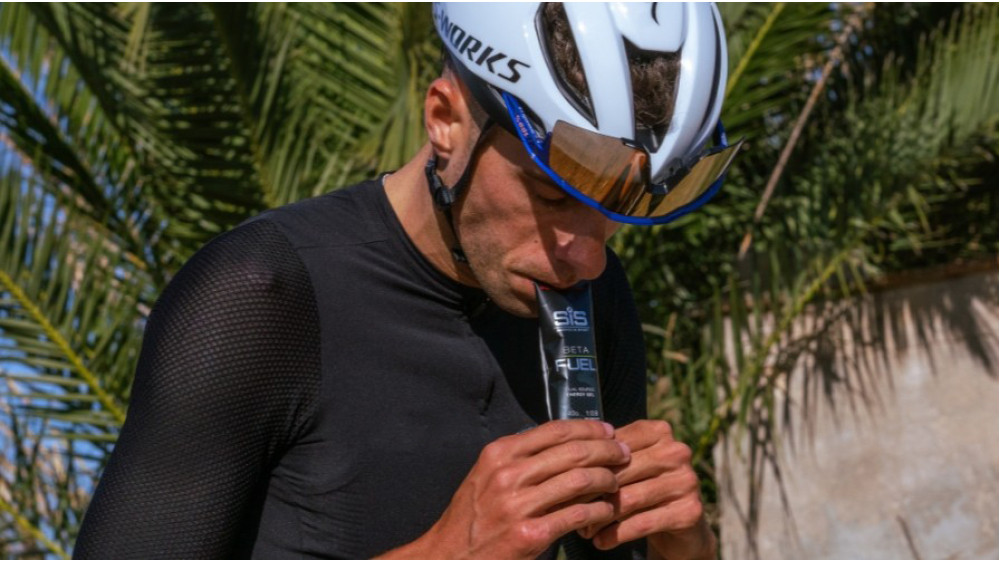
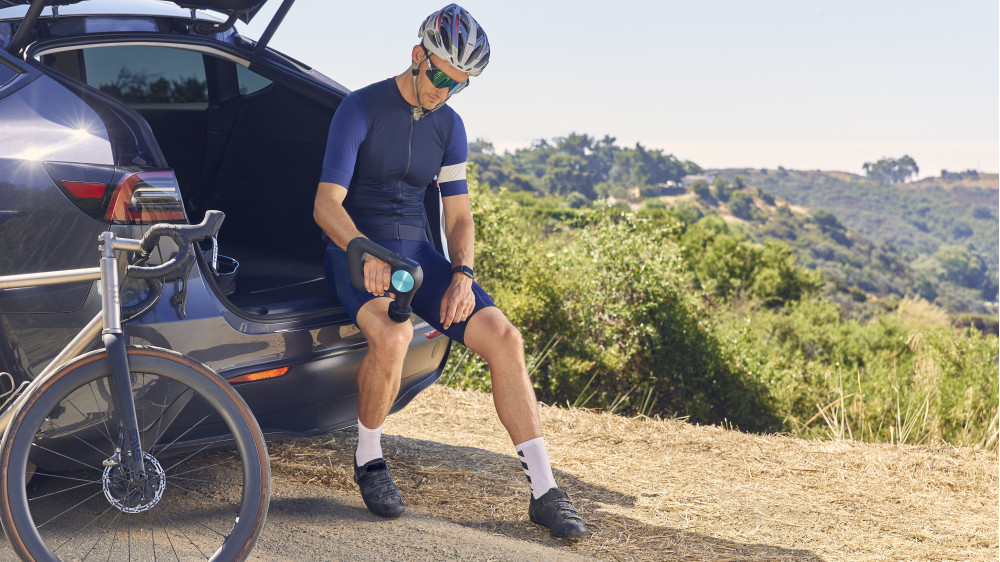
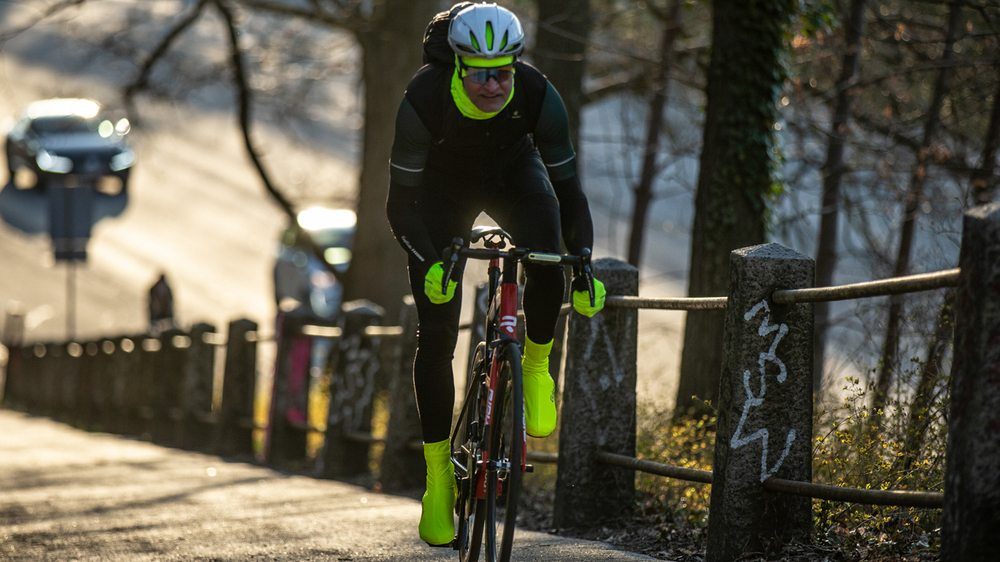
-1000x562.jpg)
